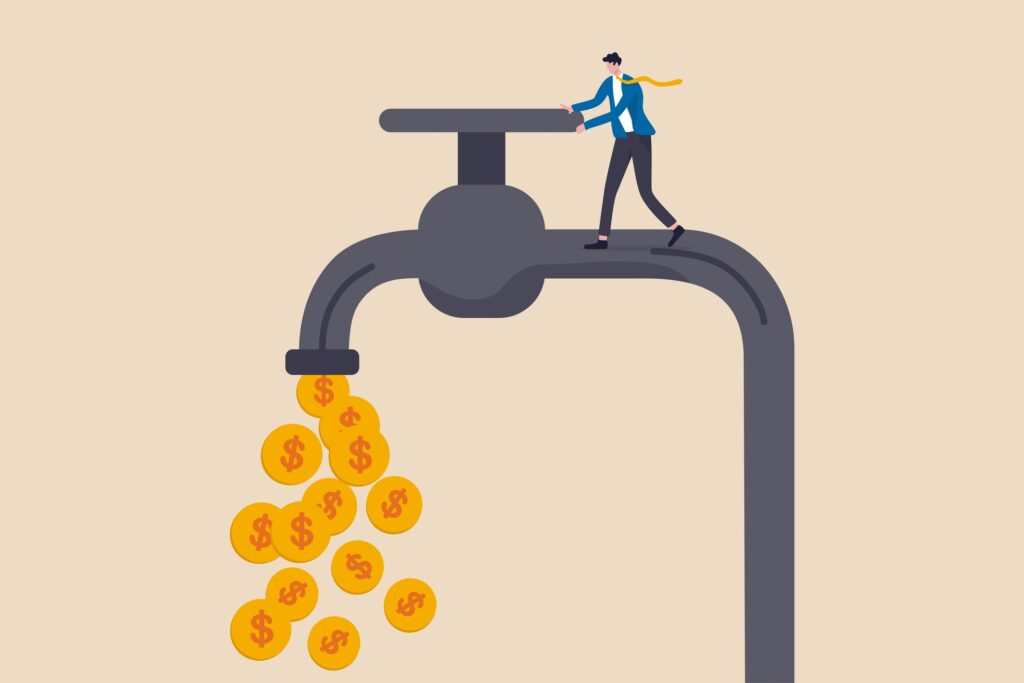Cash flow statements are one of the most important of the four main financial documents. It tracks the movement of cash in and out of your organization, providing a clear picture of where your money is coming from and where it’s going.
Why a Cash Flow Statement is Important
Cash flow statements zero in on the actual cash activity of your business or organization, presenting clear information on your business’s financial health, stability and success. They allow you to see if you are generating enough cash to cover expenses, weather unexpected challenges or seize new opportunities and help you plan for the future.
The Steps to Prepare a Cash Flow Statement
Preparing a cash flow statement involves analyzing your income statement and balance sheet and categorizing your cash inflows and outflows. Here’s a step-by-step guide to get you started.
Step 1: Gather Your Financial Data
Start by collecting and verifying the financial data you’ll need to create your cash flow statement. This includes your income statement, balance sheet and cash transaction reports. Ensuring they are complete and up to date will save time and reduce errors while calculating your cash inflows and outflows.
Step 2. Choose Your Calculating Method
You’ll need to decide whether you want to use the direct or indirect method for calculating cash flow from operating activities. Here’s a quick run-down on the two methods.
- Direct Method: The direct method offers a straightforward view of your organization’s cash flow in real time. It involves tracking every cash transaction and listing specific cash inflows (such as cash receipts from sales, grants, or program revenues) and cash outflows (such as salaries, utilities, and supplies.) It is more involved and requires detailed recordkeeping, but it does allow you to see exactly where your cash is coming from and where it’s going.
- Indirect Method: With the indirect method, you start with your net income or net surplus and adjust for non-cash items such as depreciation, amortization, depletion, gains/losses on asset sales) and changes in working capital (such as accounts receivable, inventory, accounts payable). Basically, you are turning your income statement into a cash flow statement by adding back non-cash expenses and accounting for shifts in accounts receivable, accounts payable, and inventory. This method is commonly used because it’s easier to prepare while still providing valuable insights.
Step 3: Organize Your Cash Flows
Next you need to organize your cash flows into the three main categories: operating, investing, and financing activities. Operating should include any transaction related to your day-to-day operations. Investments should include cash flows related to the purchase and sale of long-term assets such as property, equipment, and investments. Financing is any cash flows related to debt and equity financing and funding activities such as issuing stock, paying dividends, and borrowing/repaying loans. The better you can categorize your cash flows, the more meaningful cash flow statement you’ll have.
Step 4: Calculate Your Cash Flows
Now that you have your categories, you’ll need to calculate the cash flow for each. This requires subtracting total outflows from total inflows for your operating, investing and financing activities. Adding the three categories together will give you your net cash flow for the reporting period.
Step 5: Review & Verify
Before you finalize your cash flow statement, it’s always a good idea to double check your math and make sure your transactions have been categorized correctly. Checking it against your balance sheet and income statement should help point out any errors.
Get Accounting Help for Your Business
While cash flow statements provide invaluable insight into the health and stability of your business, they aren’t always the easiest to prepare or understand. But we can help. We are a licensed accounting firm based out of Gallup, New Mexico. We provide businesses and individuals with high-quality professional accounting including monthly financial statements, bookkeeping, tax strategies, financial management solutions and more. Spend less time managing your finances and more time growing your business with Arsenault CPA Firm. Contact us today for a free consultation.

